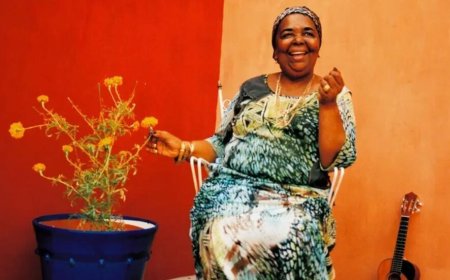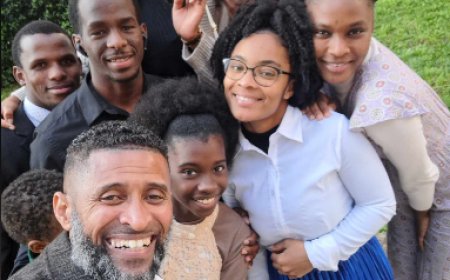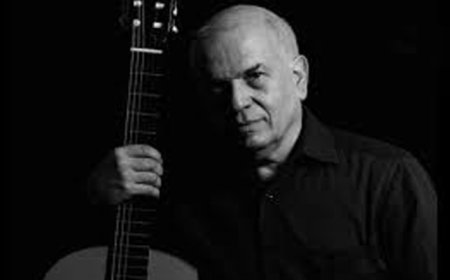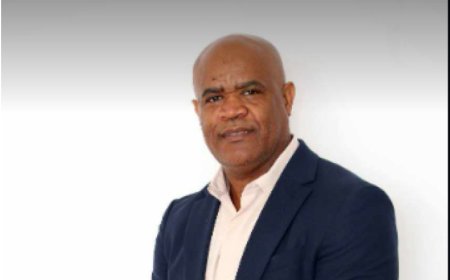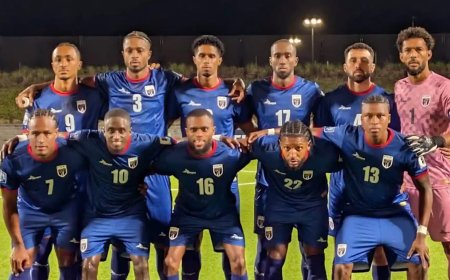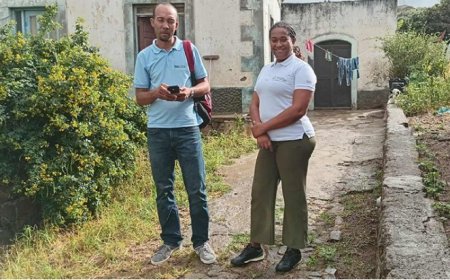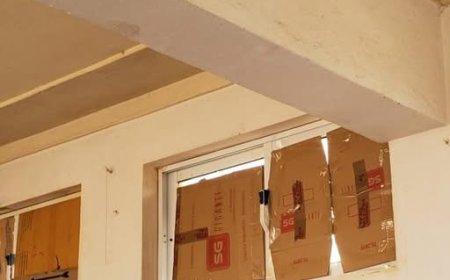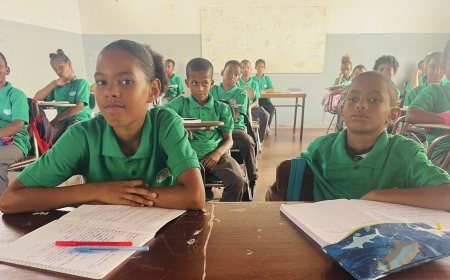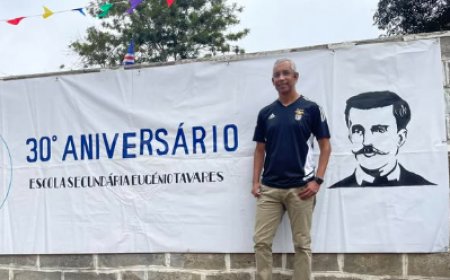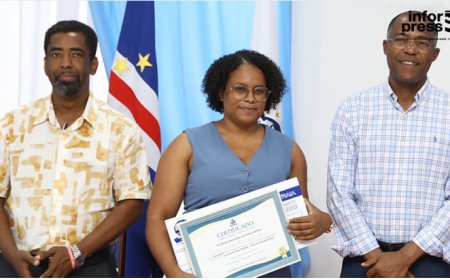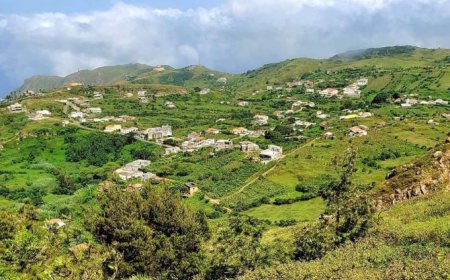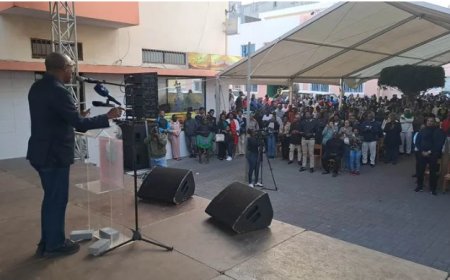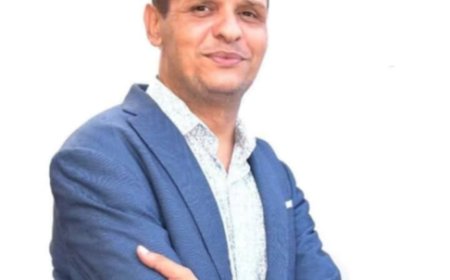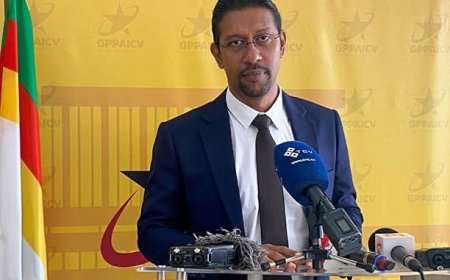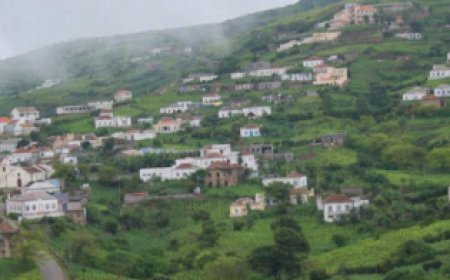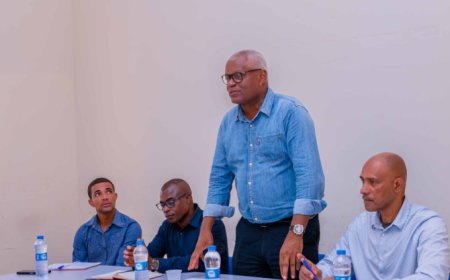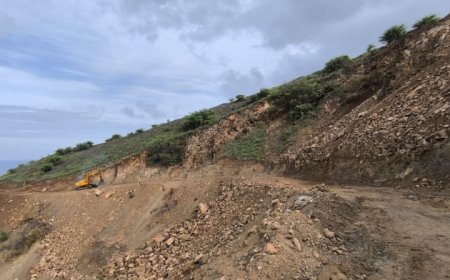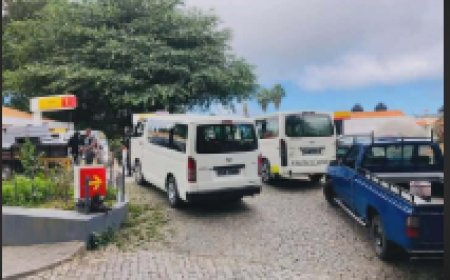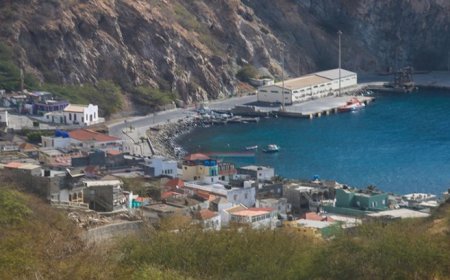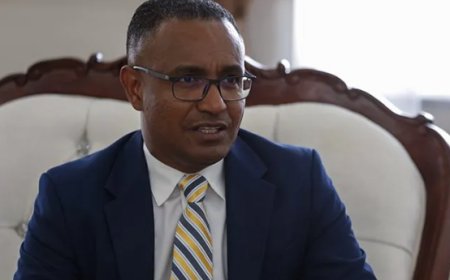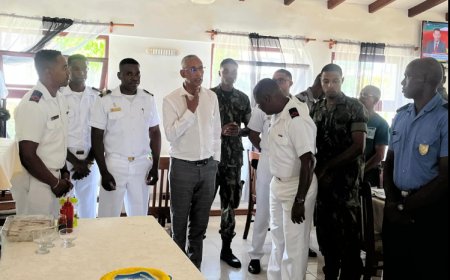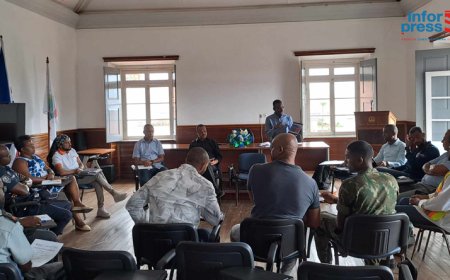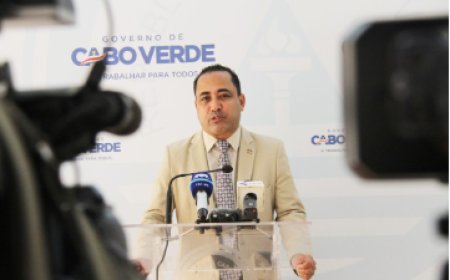Earthquake case:Seismic activity returns to “significant calm” on Brava island, Cape Verde
Seismic activity on Brava Island, in Cape Verde, returned to a “significant calm”, two weeks after a crisis that caused slight damage, but left a lot of data to study, geophysicist Bruno Faria told Lusa today.
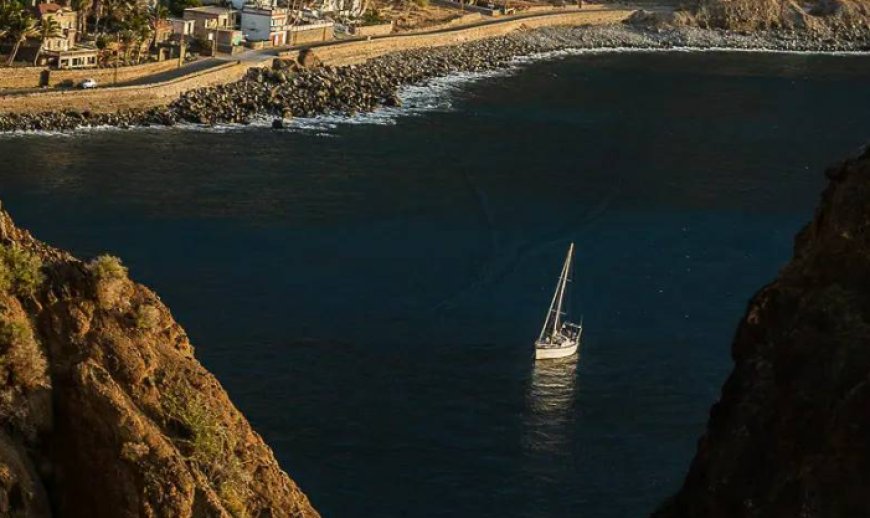
“The situation is one of significant calm in the seismic activity recorded on Brava Island”, in contrast to the situation observed on October 30th, said the scientist from the Cape Verdean National Institute of Meteorology and Geophysics (INMG).
“Shortly after the 4.8 event [on the Richter scale], there was a storm,” he said, to illustrate the high number of earthquakes that followed, “of lesser magnitude, for a few days”, several of them felt by the population.
“We are constantly observing the activity, we have even increased the number of hours and days of observation, but just as a matter of precaution: the situation is quite calm and there is no reason for greater concern”, he added.
Bruno Faria today reaffirmed the depth of the hypocenter (point underground where the movement that caused the earthquake occurred) in line with the calculations presented two weeks ago, placing the origin of the tremors at between four and five kilometers deep in relation to the average sea level .
This is “a considerable depth, which is at the deepest base of the island, I would say, at the root of the island’s underwater slope”, he described.
There is more data collected during the seismic crisis, but it is still awaiting treatment, he said, given the number of shocks – most of which were not felt by the population – and the fact that they continued for some time.
“It was known in advance that a crisis like this would happen at any moment”, he said, recalling that “in May an earthquake of a magnitude very close to this had already occurred”.
The earthquakes “are part of the history of Brava Island”, he added, based on historical records, concluding that “this type of occurrence on the island is common”.
Even so, Bruno Faria suggests adding two techniques to work on the ground to better understand the evolution of geophysical transformations on the southernmost island of Cape Verde.
Studies within the scope of geodesy would help to identify “the deformations” occurring in the island’s soil and a collection of data within the scope of geochemistry, “on the chemical alteration of the Brava springs and the emission of other gases” would help to determine the origin of the movements underground.
Financial and human resource limitations prevent such studies from progressing immediately, but “they would be two techniques that would provide additional information to draw better conclusions, with less ambiguity”, concluded Bruno Faria.
The earthquakes that occurred after October 30 caused damage to homes, with roofs and other structures collapsing, causing one injury, as well as cracks opening.
The situation led families to choose to sleep on the street in the early hours of October 31, but, during the day, the environment returned to normal, with the resurgence of the tremors.
This time "Brava shook harder", said, at the time, António Lopes Marcelino, director of municipal civil protection on the island with around 5,500 inhabitants.
About 30 kilometers east of Brava Island is the Fogo Island volcano, which last erupted in 2014.
